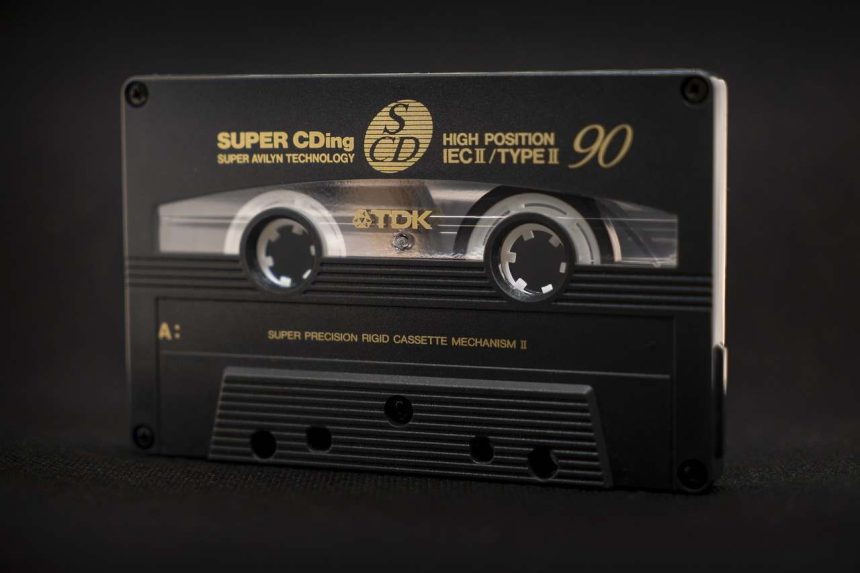In many ways, a video tape recorder (VTR) shares similarities with a traditional audio tape recorder. However, there is a fundamental difference between the two. While an audio tape recorder captures and reproduces sound alone, a video tape recorder records both sound and visuals. Commonly referred to as a VCR (Video Cassette Recorder), it allows users to record television programs and other video content. Additionally, there are devices known as VCPs (Video Cassette Players) available on the market that allow users to watch or listen to recorded video content, though they lack the ability to record television programs.
Structure of Video Tape: Composition and Size
Video tape is made from thin plastic material coated with a layer of iron oxide, which plays a crucial role in the recording process. The coating’s thickness is remarkably fine, measuring about five-thousandths of a centimeter. The width of the tape typically ranges from 1.25 to 2.5 cm (0.5 to 1 inch). Programs can be recorded onto the tape using a magnetic video tape recorder, which plays a pivotal role in translating audio and visual information into magnetic patterns that correspond to the recorded program.
How Video Tape Recorders Work
The recording process begins with a television camera capturing both visual images and audio sounds, which are then converted into electrical signals. These signals are sent to the video tape recorder (VTR), where the recording head translates them into magnetic fields. These magnetic fields create patterns on the iron oxide coating of the tape. When the tape is later played back, the magnetic patterns generate electric currents, which are converted back into audio and visual signals, allowing the program to be viewed and heard.
Separation of Audio and Visual Messages on the Tape
On a video tape, audio and visual information are stored separately. Typically, the audio signal is recorded along the top edge of the tape, while the visual information is recorded in the middle. The audio track is much narrower than the visual track. Additionally, a control signal is recorded along the bottom of the tape. In professional television studios, wider tapes, often 5 cm (2 inches), are used to record programs. These tapes move at a speed of 37.5 cm per second, with the recording head rotating in sync with the tape to store the video signal as diagonal bands. This method allows more data to be stored on the tape in less space.
Common Uses of Video Tape Recorders
Video tape recorders are widely used for recording and reproducing television programs. They are particularly useful in live sports broadcasts, where videotapes enable the capture and instant playback of key moments. In addition, they are utilized for special effects, such as slow-motion replay, and even in therapeutic relaxation techniques.
Video Discs: A Modern Alternative to Videotapes
While video tapes have long been popular, modern technology has introduced video discs, which offer an alternative method for recording and viewing video content. Video discs can be played on a video disc player or connected to a television for display. Like videotapes, video discs contain both audio and visual data, making them a convenient option for high-quality viewing.
By understanding how video tape recorders work and the differences between audio and video recording devices, it becomes clear why these technologies have played such a pivotal role in the history of television and broadcasting. Despite the advent of digital recording, these analog methods still offer insight into the evolution of media technology.




